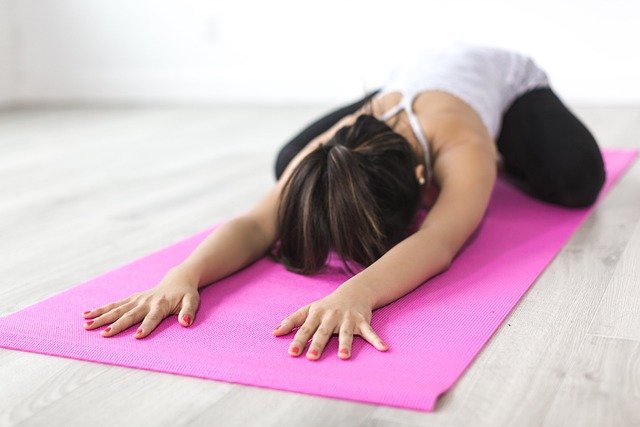Building Sustainable Home Routines for Conditioning and Daily Skin Care
Creating a realistic home routine that blends conditioning and daily skin care starts with small, consistent habits. Focus on hydration, recovery, mobility, and simple strength or cardio work, while layering basic skincare and nutrition to support skin health. This approach helps maintain results over time without overwhelming your schedule or budget.

This article is for informational purposes only and should not be considered medical advice. Please consult a qualified healthcare professional for personalized guidance and treatment.
How does hydration support conditioning and skincare?
Hydration is a foundational element for both exercise conditioning and skin health. Drinking adequate fluids before, during, and after workouts helps maintain performance and aids recovery by supporting blood flow and nutrient delivery to muscles. For skin, hydration influences barrier function and elasticity; topical moisturizers plus internal water and balanced electrolytes reduce dryness. Aim to sip water regularly, adjust intake around cardio sessions, and use a simple moisturizer after cleansing to lock in moisture and support overall recovery.
What cardio and strength moves work at home?
Short, focused cardio intervals and bodyweight strength exercises can deliver conditioning benefits without equipment. Try intervals of jumping jacks, brisk marching in place, or stair climbs for cardio, paired with squats, lunges, push-ups, and plank variations for strength. Structure sessions around 20 to 40 minutes several times weekly, alternating intensity to promote recovery and avoid overtraining. Consistency and progressive overload, such as adding reps or time, matter more than complexity for sustainable improvements in conditioning and functional strength.
How to build mobility, flexibility, and stretching into a routine?
Mobility and flexibility support movement quality and reduce injury risk, which helps conditioning stay sustainable. Spend five to ten minutes daily on gentle mobility drills and stretching, focusing on hips, shoulders, spine, and hamstrings. Dynamic movements before workouts prepare the body for cardio and strength work; static stretching after sessions aids recovery and flexibility. Integrate short sessions into morning or evening routines so they become habitual; pairing stretches with skincare steps can create an efficient ritual that supports both movement and skin needs.
What nutrition and micronutrients aid recovery and skin health?
Nutrition fuels conditioning and supports skin repair. Prioritize protein to aid muscle recovery, complex carbohydrates for workout energy, and healthy fats for cellular health. Micronutrients like vitamin C, zinc, and omega-3 fatty acids play roles in tissue repair and skin integrity. Whole-food sources—lean proteins, colorful fruits and vegetables, nuts, seeds, and oily fish—cover many needs, and a basic multivitamin can be considered if dietary gaps exist. Balance meals around workouts to support energy, recovery, and steady skin-nourishing intake.
How does sleep affect recovery and skin?
Sleep is a key recovery pillar that influences conditioning outcomes and skin restoration. During sleep the body synthesizes repair hormones, consolidates training adaptations, and supports collagen maintenance in skin. Aim for consistent sleep timing and prioritize sleep quality by reducing screen exposure before bed, keeping the bedroom cool and dark, and managing stress. Even small improvements in sleep duration or consistency often translate into better workout recovery, reduced inflammation, and clearer, more resilient skin over time.
How to balance conditioning with daily skincare and routine?
A sustainable routine blends efficient conditioning practices with a minimal skincare regimen. After workouts, prioritize a brief cooldown, hydration, and gentle cleansing of sweat-prone areas, then apply a moisturizer with sunscreen during daytime. Keep a short weekly plan that alternates higher-intensity conditioning with active recovery sessions focused on mobility and stretching. Track simple metrics like sleep, hydration, and perceived recovery to adjust workload. Consistency, gradual progression in conditioning, and a basic skincare routine tailored to your skin type create durable habits you can maintain long term.
Conclusion
Sustainable home routines for conditioning and daily skin care depend on consistent, manageable habits: hydrate, prioritize recovery and sleep, incorporate mobility and stretching, choose balanced nutrition with key micronutrients, and maintain simple cardio and strength sessions. When combined with a concise skincare ritual, these elements support both physical conditioning and skin health without demanding excessive time or resources.





